Sustainable plumbing systems reduce environmental impact by conserving water, energy, and recycling resources. Here are some practical tips for eco-friendly practices:
1. Use water-efficient fixtures
Upgrading to low-flow toilets, faucets, and showerheads is one of the simplest yet most effective steps to building a sustainable plumbing solution.
For example, a low-flow toilet with a dual-flush or high-efficiency flush mechanism uses only approximately 3.5-6 liters of water per flush, significantly less than a traditional toilet (9-12 liters). Furthermore, water-efficient showerheads and low-flow faucets can adjust the flow and volume of water, minimizing unnecessary water waste. This is especially important in older bathrooms, as excessive water flow can significantly reduce water efficiency.
Furthermore, water-efficient showerheads can reduce the pressure on the water heater, thereby reducing energy consumption.
2. Reduce water leaks
Plumbing connections, faucets, and valves can deteriorate over time, potentially leading to leaks. Over time, inadvertent leaks can waste significant amounts of water. Therefore, to promote sustainable plumbing systems, it's crucial to regularly inspect pipes, valves, and fittings, and promptly maintain or replace aging pipes.
Installing pressure regulators and smart leak detectors can further improve control and reduce long-term damage.
3. Collect and Reuse Rainwater
Rainwater harvesting systems collect rainwater from rooftops and store it for non-potable uses, such as flushing toilets or irrigating landscapes. This eco-plumbing system can reduce the need for municipal water without sacrificing quality of life.
Besides its energy-saving benefits, it can also help homeowners significantly reduce utility bills.
4. Recycle Greywater
Greywater from sinks, showers, and washing machines can be reused for flushing or irrigation after basic filtration and separate piping. Reusing greywater reduces wastewater generation and offsets the need for secondary freshwater use.
5. Use Recyclable Piping Materials
Choosing environmentally friendly piping materials, such as PVC, PPR, HDPE, or UPVC, helps achieve sustainable development goals. These pipes are durable, corrosion-resistant, and often recyclable at the end of their life.
Many large, reliable, and responsible manufacturers prioritize energy efficiency when producing these pipes. They recycle old pipe materials into new pipes, which helps reduce environmental pollution from landfill and incineration of construction waste while conserving raw material resources. This makes them a responsible choice for both new construction and renovation projects.
6. Optimizing Pipe Layout
In addition to the water and energy conservation measures mentioned above, a well-planned pipe layout can improve water and energy efficiency. In residential or commercial buildings, shorter pipes reduce pipe material while minimizing leaks and energy losses during water delivery. Adding insulation to hot water pipes minimizes heat loss during water delivery, further improving efficiency.
Benefits of Sustainable Piping Systems
Investing in environmentally friendly piping systems offers significant advantages, such as:
1. Environmental Benefits
Sustainable piping systems significantly reduce water waste and the energy required to transport, heat, and treat water. Through flow-restricting devices, layouts that reduce inefficiencies, technologies that support reuse, and recyclable pipe materials, these systems minimize the overall burden on freshwater resources and energy grids.
They also reduce wastewater discharge and greenhouse gas emissions, contributing to broader environmental goals such as climate resilience and ecosystem protection.
2. Economic Benefits
Installing efficient plumbing fixtures or increasing insulation can yield significant long-term savings. Reduced water bills, lower energy consumption, and fewer repairs consistently lower costs for homeowners and commercial operators.
Furthermore, properties with sustainable plumbing systems tend to have higher market valuations due to lower operating costs.
3. Social Benefits
Beyond individual savings and resource conservation, sustainable plumbing systems also contribute to community resilience. In areas facing water scarcity, these systems help ensure more sustainable and reliable access to vital resources.
Improved sanitation, reduced risk of pollution from leaks, and better infrastructure planning contribute to improved public health and overall quality of life. More broadly, improving water and energy efficiency helps foster a culture of responsibility and long-term thinking.
Adopting sustainable piping systems not only reduces operating costs like water and electricity but also reduces maintenance and wastewater discharge, positively impacting environmental protection. Furthermore, such systems can help increase the market value of a building or property and improve water safety and quality of life in the community. Investing in environmentally friendly, durable, and efficient piping solutions is a wise choice for any sustainability-focused homeowner or project. By continuously optimizing piping layouts, upgrading water-saving devices, and selecting high-quality materials, we can achieve true energy conservation, emission reduction, and resource recycling, contributing to the development of greener, smarter cities of the future.
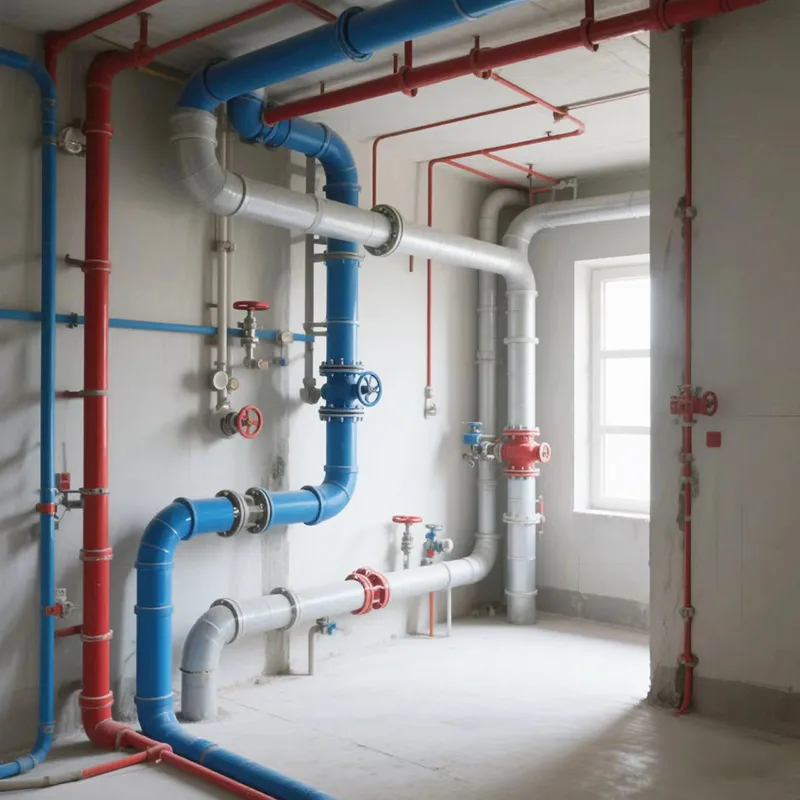
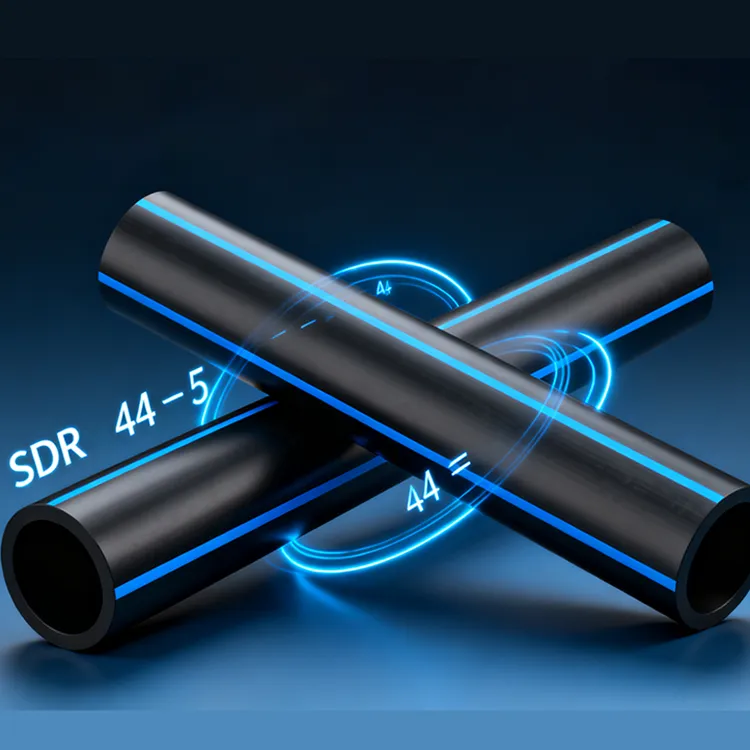
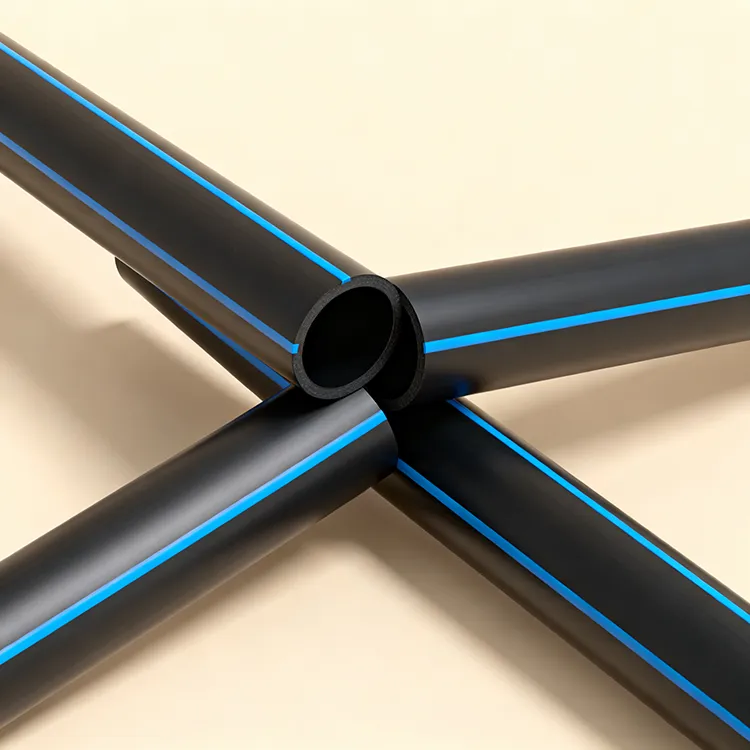
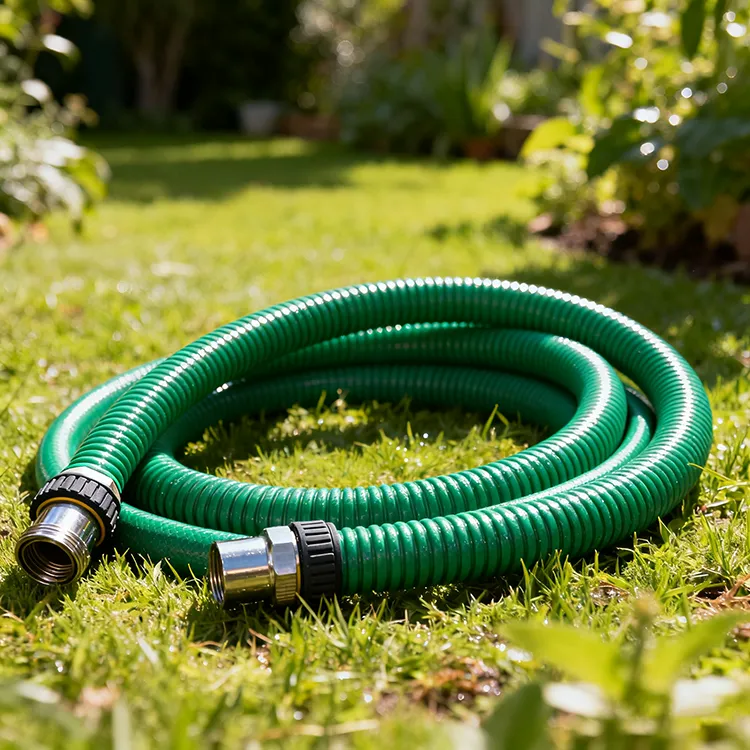
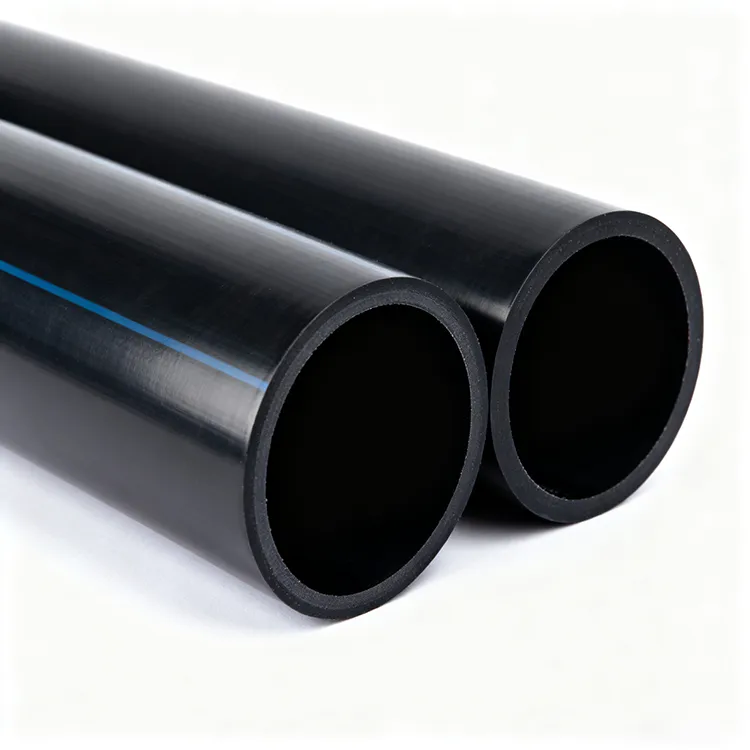
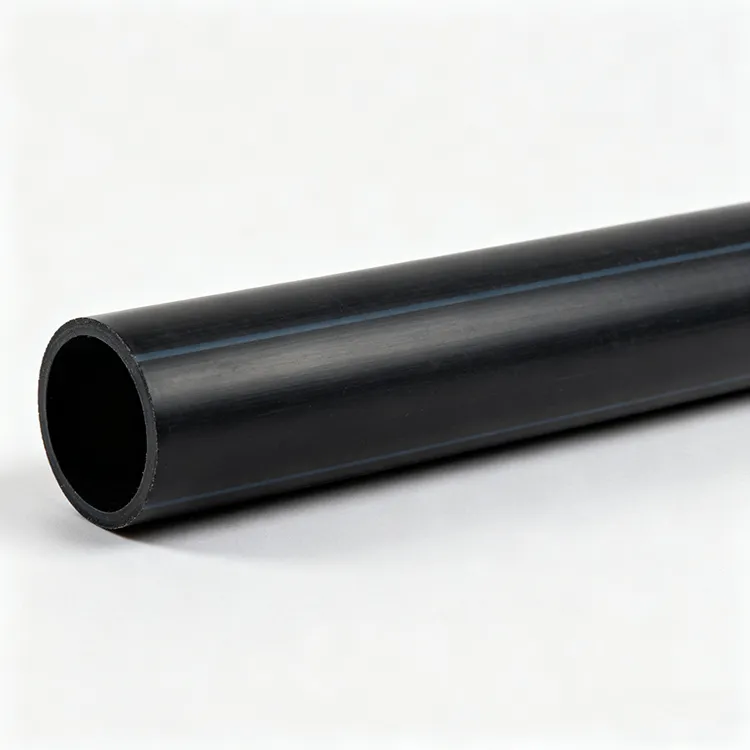
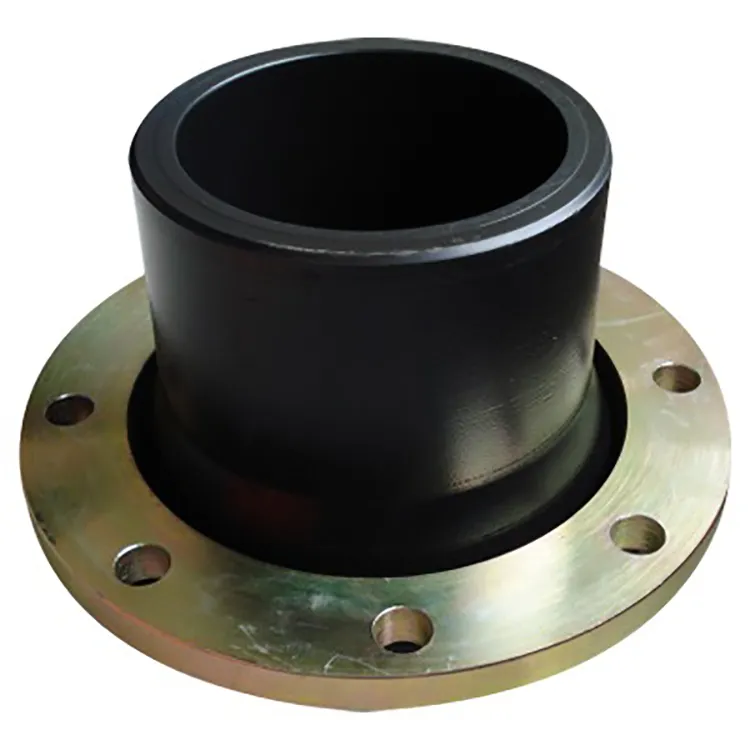
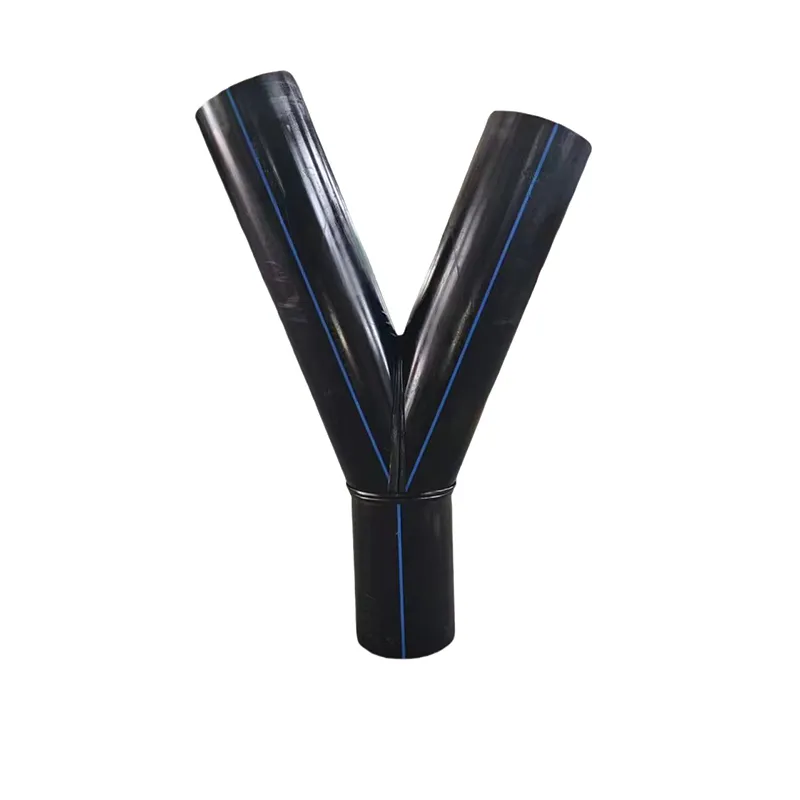
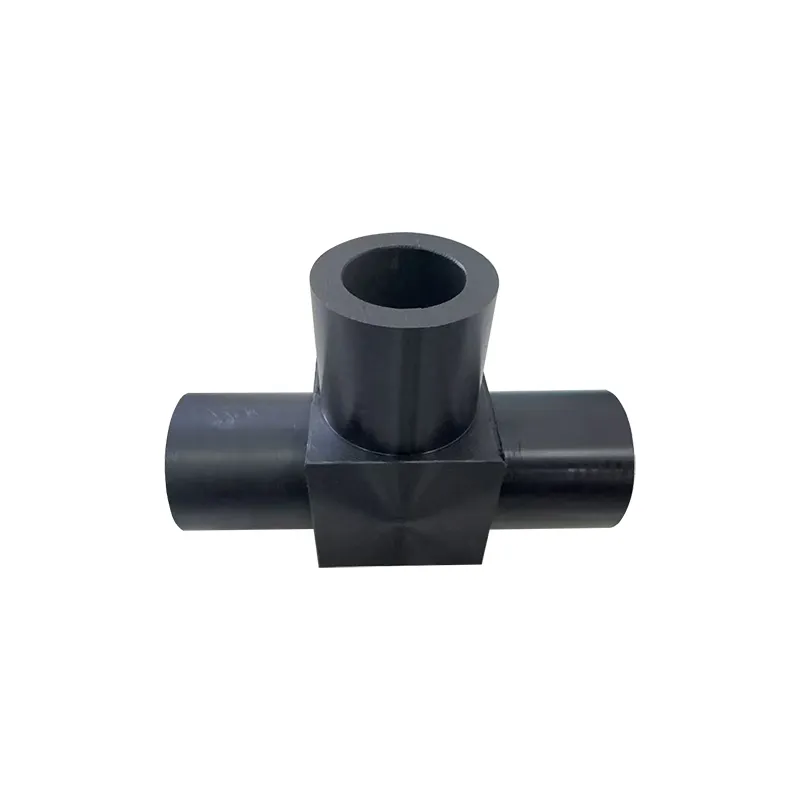
659.webp)
210.webp)
328.webp)
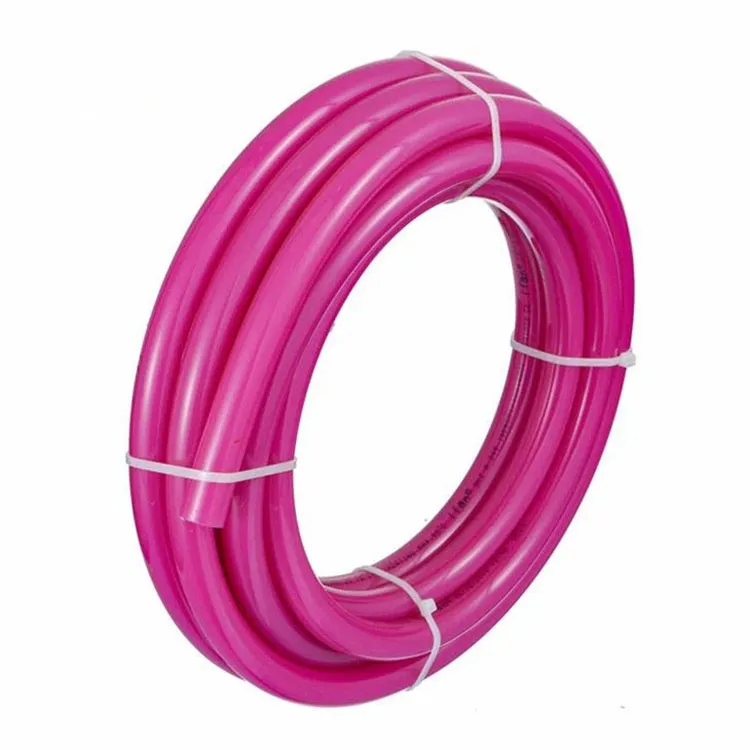
294.webp)
476.webp)


